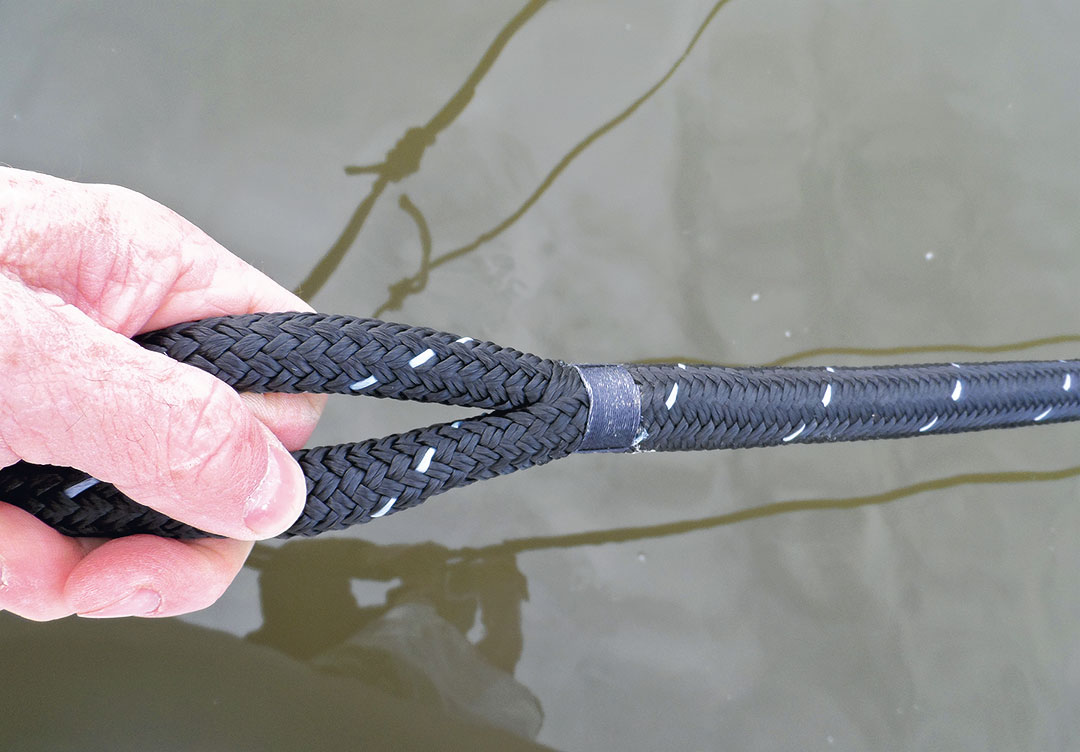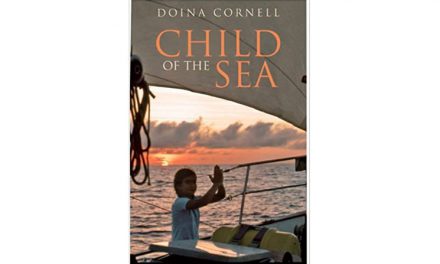
Marlow Blue Ocean, as far as I know, is the first dockline made entirely from recycled bottles. Though counterintuitive, plastic water bottles are made from the same polymer used to make virgin polyester fiber for rope, fleece jackets, and polyester shirts. If we want our recyclable materials recycled, we need to buy recycled products. But do these docklines make the grade?
Nylon is usually preferred for docklines because of its stretch characteristic. Polyester stretches less (these lines are polyester). But if the docklines are long enough, such as in spring lines or in bow and stern lines rigged in a crisscross manner, there should be plenty of stretch in polyester. If tied to floating docks, stretch might not be as big a factor as it is when tying to fixed docks or pilings. The best way to find out if your lines are stretching enough is to stay aboard on a windy day or during tide swings; you’ll feel your boat jerking if more stretch is needed.
Where polyester beats nylon is in strength and chafe resistance, both important considerations for docklines. In terms of strength, Marlow rates this recycled product about 10 percent weaker than its polyester lines made from virgin materials, putting it on par with nylon. To test chafe resistance, I attached an 8-foot piece of this rope to a 75-pound weight and let it swing across a cinderblock for 15 minutes. I did the same for a double-braided nylon rope. The block wore right through the cover of the nylon rope, while this polyester rope was only slightly abraded.
After a year, I’m still using the recycled dockline. It looks and feels good, and the splices show good workmanship. I still prefer nylon where stretch characteristics are required, but the best answer for many boats may be a combination; I use polyester lines on the more exposed side and thin stretchy nylon lines on the other to pull in the slack. When I use all nylon of the suggested size, the boat bounces in gusty conditions.
For more information: marlowropes.com.





